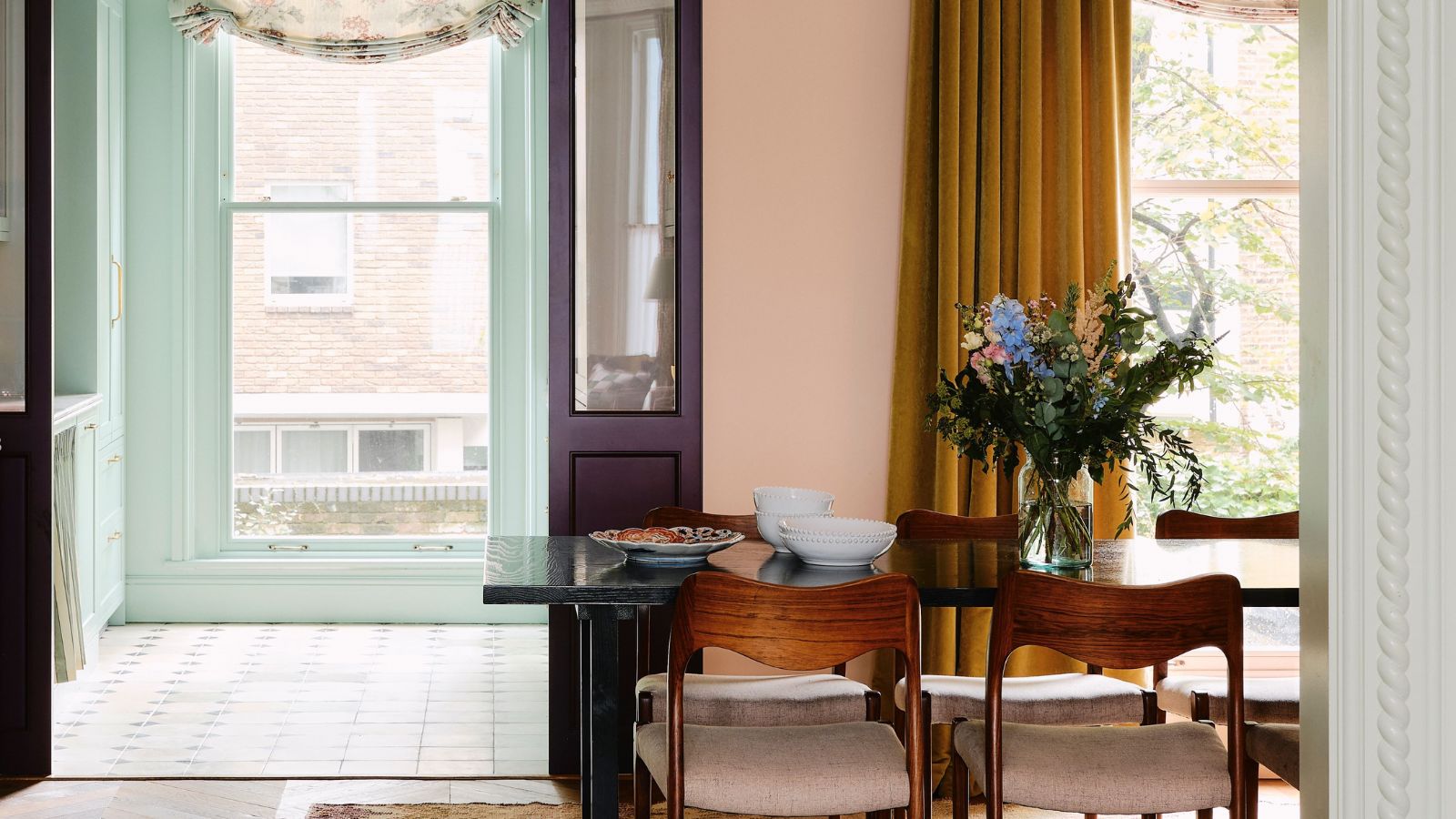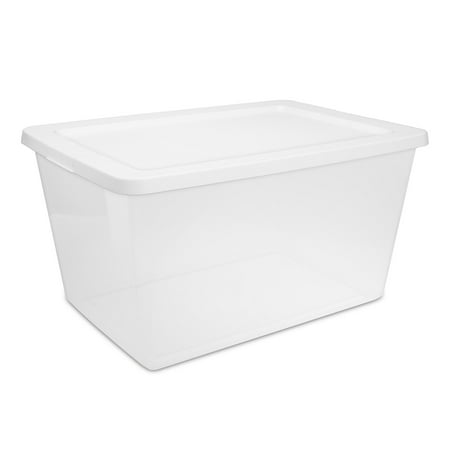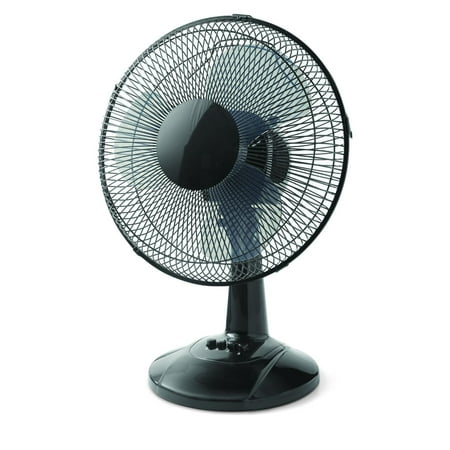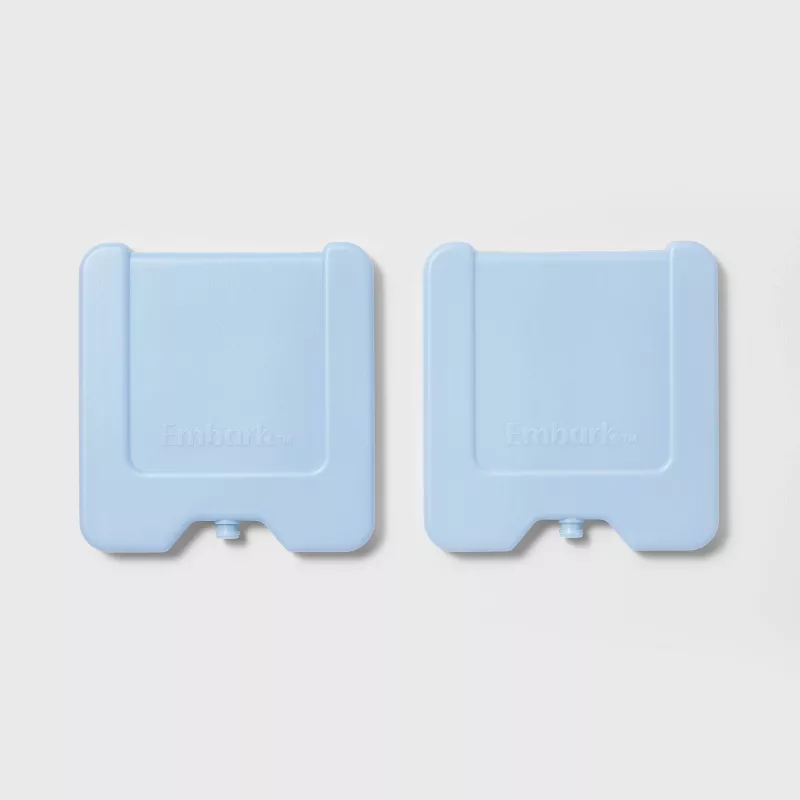
Knowing how to make a DIY air conditioner when you are stuck without built-in AC in a heatwave is essential. Not only does it make you more comfortable, but it could keep you safe, too.
A DIY air conditioner, also known as a DIY swamp cooler, blows air over ice to reduce indoor temperatures. Also known as an evaporative cooler, this is a simple DIY project that takes around an hour and costs less than $60.
So, if you’re looking for a fast way to cool a house, give this quick project a try with our expert tips.
How to make a DIY air conditioner
It is worth noting before you begin that DIY evaporation coolers, such as swamp coolers, work best in low humidity as the cooling process naturally increases humidity in a house.
Lane Martin, Co-Founder at Modern PURAIR explains, ‘The key thing to remember is it’s most effective in dry air – if the humidity’s already high, you won’t get the same impact. But as far as quick fixes go, it’s not a bad trick to keep in your back pocket.’
As it relies on cooling a room with fans, this project is generally able to produce an air stream that is 15°F cooler than the room air. As a result, it is best used for moderate heat and should not be solely relied upon in extreme heat situations. For this, an emergency home cooling kit and a window AC is your best bet.
For a DIY air conditioner, you will need the following:
- A desk fan. We love the Shark FlexBreeze, available at Best Buy, as it can be used indoors and out, and has a 24-hour battery life so you can stay cool in a power cut, too. If you need a more budget-friendly option, the Honeywell 10” fan from Walmart is perfect for the job, too.
- A medium-sized plastic container, bucket, or styrofoam cooler, with a lid large enough for the fan to sit on top of
- A sharp box cutter tool, available from The Home Depot
- Ice or cold water. Alternatively, plastic bottles filled with water and frozen solid.
- Optional: flexible ducting or a plastic tube cut into four-inch sections, such as this two-inch PVC piping from The Home Depot, to direct the flow of air more precisely
1. Set up the cooling base
To make your DIY air conditioner and cool down a home in a heatwave, start with a large plastic container, bucket, or box. With your box cutter, cut one to three two-inch holes in the sides towards the top of the container, spacing them at least four inches apart, facing in the same direction. This will be where the cool air escapes to cool you down.
If you are using PVC piping, slot this into the small holes to help direct the cooling air. For extra precision, use silicone caulk, such as GE Window and Door Sealant from The Home Depot, to secure them in place and prevent air leaks.
For the lid, Lane says, ‘Cut a hole in the lid just big enough for the fan to sit snugly on top, blowing air down into the container.’ It can be helpful to use a permanent marker, such as a Sharpie from Walmart, to draw around the circular face of your fan to ensure it is not too big and the fan does not fall through into the container. You want it resting snugly on top so that it is facing down into the container.
2. Add the evaporative element
To actually cool down a room with a swamp cooler, you need to fill the base of the container with very cold water, ice packs, or frozen water bottles. ‘The colder, the better,’ Lane says.
Michael Zohouri, HVAC expert and founder of Pyramid ECO, adds, ‘If you can elevate the container slightly, it helps direct the cool air into the middle of the room instead of just along the floor. You’re essentially creating a small evaporative cooler, using chilled water to cool the air as it moves through.’
3. Keep it running
As with many unusual methods for staying cool at home, Michael says, ‘This system works best with a bit of maintenance. When the water warms up or the ice packs melt, swap in fresh ice or refill with cold water. Using ice packs or bottles in rotation makes it easier to keep the cycle going.’ There are a few smart ways to reuse air conditioner water around your home to help limit waste, especially if there is an active drought.
How to use a DIY swamp cooler efficiently
The best way to keep a home cool this summer is to work proactively, preventing your home from becoming too hot in the first place, rather than trying to beat the heat after it has set in.
Michael suggests, ‘Start early before the heat builds up. If the room gets too hot before you begin cooling, it’s harder to bring the temperature down. You can block sunlight with curtains or reflective blinds to reduce heat gain. And use a ceiling or oscillating fan with the setup to help distribute the cool air further.’ Just remember to set the best fan direction to cool a room and avoid making the problem worse.
Michael continues, ‘You can even point one fan out a window to draw hot air out while another cools the room from inside. Additionally, if you’re using this setup in a small room, keep the door closed to trap the cool air.’
What to shop

This thinner plastic container will be easier to cut through, while clear sides will allow you to keep an eye on your defrosting ice packs, giving you a better idea of when to swap them out.

With a six-foot cord, three fan speeds, and a tilting head, this affordable table fan is perfect for making a DIY swamp cooler.

Sticking your DIY air conditioner with several ice packs as well as ice cold water will help it blow cooler air for longer.
FAQs
How do you make an evaporative cooler colder?
To make your fan blow colder air and your DIY evaporative cooler colder, stay on top of the melting ice packs, replacing them often to maintain a constant temperature inside the cooler box.
Using frozen water bottles can be great for this as they take longer to defrost, offering you longer between refreshes.
How long does it take for a DIY air conditioner to cool a room?
How long it takes an AC to cool a room depends on several factors, including the size of the room and the starting temperature of the room.
A DIY air conditioner/swamp cooler will take a lot longer to cool a room than a built-in AC or window AC, and will only affect the overall temperature by around 3° Fahrenheit. The colder/more ice packs you use, the cooler it will feel.
For the best results, you should sit directly in front of the air outlets to cool down your body, rather than expect the whole room to cool down a lot.
Meet the experts
While it is fine to use a fan in a heatwave, there are several household appliances you should unplug in a heatwave to prevent a fire risk and reduce the temperature in your home.







